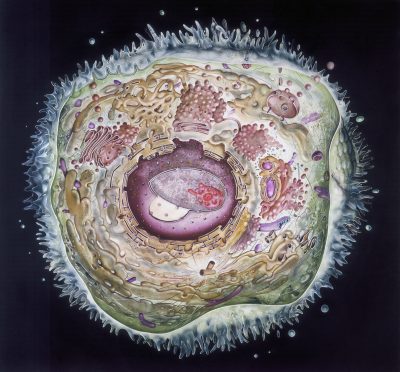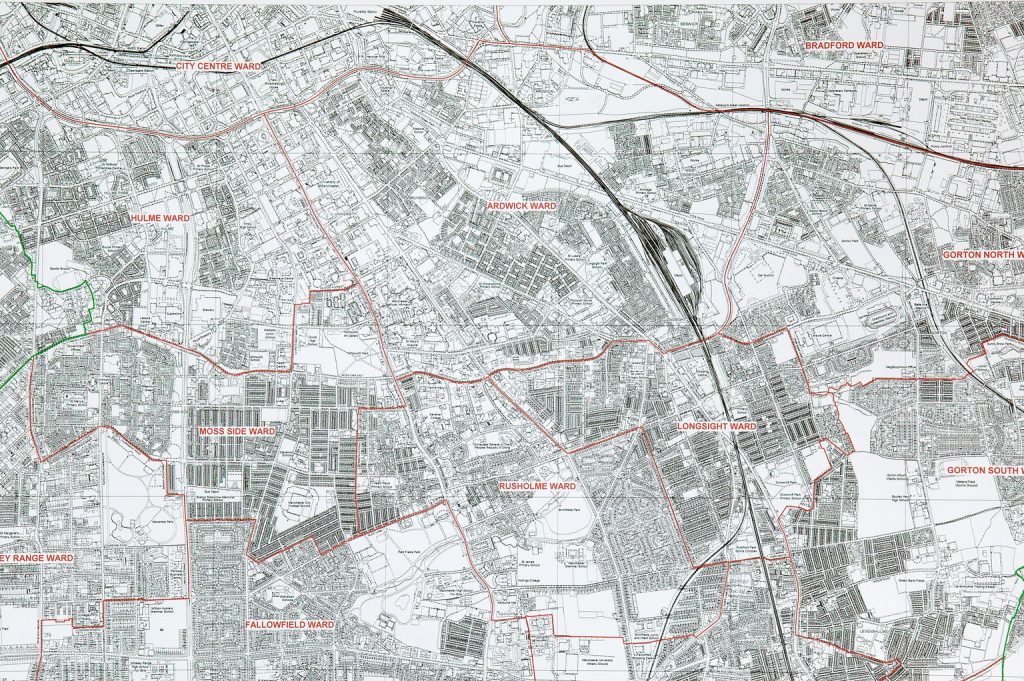Roger Highfield, Director of External Affairs, describes the pioneering research of Geoffrey West, who will discuss his latest book, Scale, in the Wonderlab Show Space, 19.30-20.00, during Lates on 31 May.
Traditionally physics has sought the fundamental laws that govern a force, or a particle or a field, those laws that work at the subatomic level or the farthest reaches of the cosmos. But Geoffrey West, distinguished professor and past president of the Santa Fe Institute, New Mexico, and senior fellow at Los Alamos National Laboratory, is trying to find the laws at work in the real world, laws which govern the messy complexities of life.
Over the past few decades West has compared the ways in which cities, companies, and organisms work and believes that each represents a riff on a universal theme, manifesting a surprising simplicity beneath their extraordinary complexity and diversity.
An elephant is a scaled-up pygmy shrew, and London a scaled-up Taunton, where West was born, according to his book Scale: The Universal Laws of Pretty Much Everything.
West has put together a grand synthesis of scaling (that is, how the various characteristics of a system change when you change its size) that provides surprising insights into why there are no mammals the size of ants, whether cities are glorified organisms and a framework for global sustainability.
In his interdisciplinary search for the mathematical patterns underlying life, cities and commerce, West has garnered many awards in the fields of ecology, aging and mathematical biology, along with the accolade of being Time magazine’s “One of the 100 Most Influential People in the World.”
The efforts to uncover the mathematical fabric of life began in earnest with the work of biologist D’Arcy Wentworth Thompson, who a century ago published what West calls a ‘wonderful book’, On Growth and Form.
Although West started out working on theories on quarks, gluons and string theory, he turned his lens two decades ago to the study of scaling laws in biology: it turns out that as animal size increases, almost all physiological functions, like heart rate, also scale in a systematic way from the intracellular level up to ecosystems over almost 30 orders of magnitude.

All creatures, from pygmy shrews to whales, have equal lifespans when accounted in number of heartbeats: about 1.5 billion of them. West wanted to understand why this regularity holds true, even though organisms are so bewilderingly diverse, with varying adaptations, evolutionary histories, lifespans and survival strategies.
He found that life is ruled by scaling relationships. These are not linear, when doubling one quantity doubles another, but non-linear – they tend to obey what are called power laws: a parameter will increase in proportion to size raised to some exponent, in the case of metabolism, three quarters.
I first encountered Geoffrey West in 1997, when he and colleagues derived this factor of 3/4 from first principles, drawing on ideas about fractals in networks – self similar structures, from cauliflowers to clouds and, in this case blood vessel networks, consisting of branching structures, from the level of arteries down to capillaries.
They assumed this network of vessels must feed every cell of the organism. Secondly, that they had the same basic units of cells, capillaries and so on whether mouse or whale. Third, that evolution has optimised them to get oxygen most efficiently to tissues and organs.
The number four in this factor of ¾ turned out to be important because it represents the dimensionality of the space we live in plus one, to do with the fractal nature of these networks. This held the key to understanding the metabolic limitations of animals.
He has applied this thinking in all kinds of circumstances, from the growth of ecosystem to cancer to the hours of sleep, to show why a mouse sleeps 15 hours and a whale just two.
Even cities can be viewed this way. West does not regard them as mechanical entities but more like living organisms, constantly adapting and evolving.

Within them, he suggests two interacting networks are at work: people and infrastructure so, for example, a map of lorry journeys looks a bit like a network of blood vessels.
With this understanding, it turns out that if you know the population of a city you can reasonably accurately predict that features that are networked, so you can work out, as you increase city size, how many petrol stations there are, what is the total length of roads, electrical cables and so on.
Once again, there are important economies of scale: a city that is twice as populous as another does not have double the infrastructure and productivity.
The good news is it is more efficient, with less infrastructure than you would expect, along with more productivity per head.
If you double the size of a city from 50,000 to a hundred thousand, a million to two million, five million to ten million, you get a roughly 15 percent boost in productivity, patents, the number of research institutions, wages and so on, and you get systematically a 15 percent saving in length of roads and other infrastructure.
The bad news, however, is that cities suffer from more crime.
Overall, he says, ‘diseases spread faster, businesses are born and die more often, commerce is transacted more rapidly, and people even walk faster’.
This understanding of how city growth affects society and the environment is fundamental if we are to make modern life sustainable, he argues, because the fate of cities is ‘the fate of the planet.’
Geoffrey West, will be discussing his book in the Wonderlab Show Space between 19.30-20.00, during Lates on 31 May.